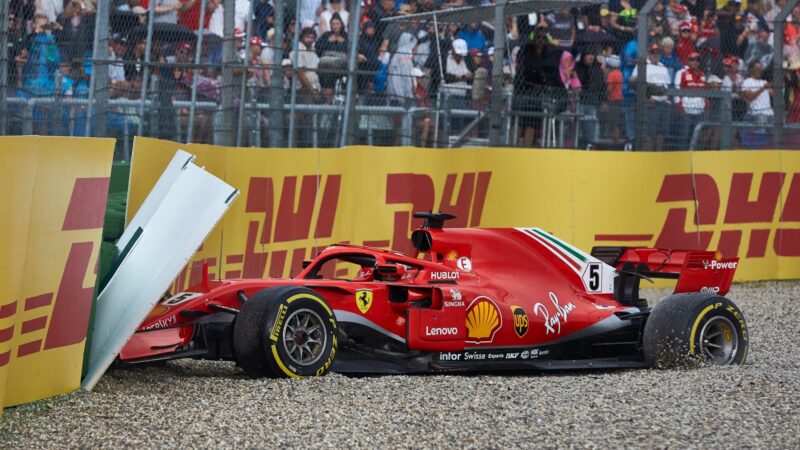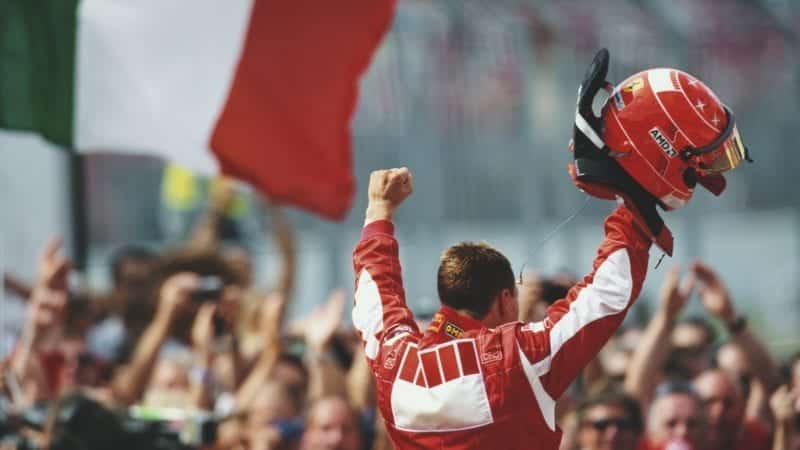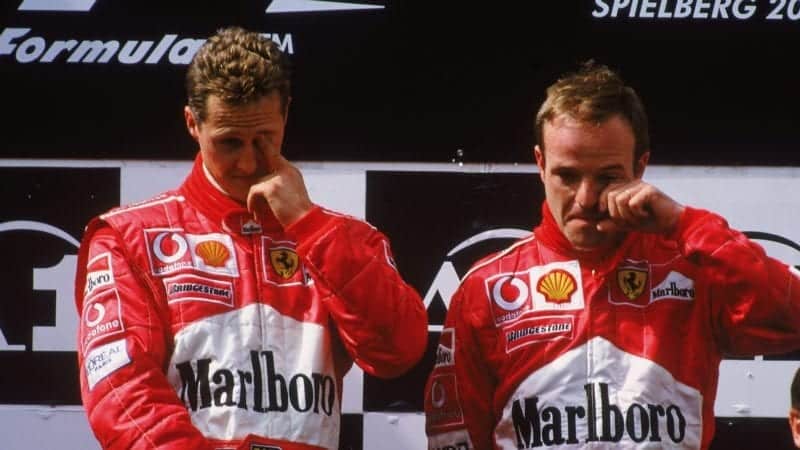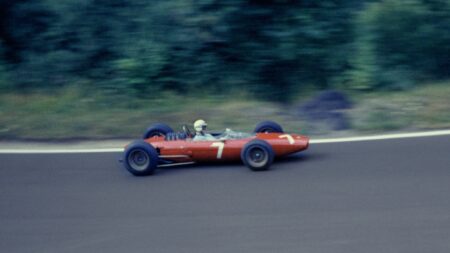911: On a Yas Marina Circuit where overtaking is notoriously difficult and – more subtly admittedly – just as the supersofts are emerging from a graining phrase, Ferrari gets it badly wrong by covering off the wrong title-chasing Red Bull – Mark Webber’s rather than that of race leader Sebastian Vettel. In giving up track position earlier than necessary it dooms Alonso to follow Russian rookie Vitaly Petrov in a Renault for the remainder of the 2010 season. He finishes seventh – three places and four points shy of the title.
Relentless to the point of disruption, the Spaniard would fall four points shy in 2012, too – but that flattered to deceive. Ferrari was falling behind in the technology stakes – an ill wind tunnel had blown it off course – and the impending hybrid era was no time for hubris. Adrian Newey read the signs and could not be persuaded to join – for any amount of money. Alonso misread them and – outmanoeuvred – was out. Even di Montezemolo fell foul of boardroom politics.
Thus Vettel’s Ferrari was not the one he had been sold on. Unsettled by several sudden high-profile personnel changes – including aerodynamicist James Allison’s departure in 2016 – this was to be no Schumacher 2.0.

The moment the 2018 title slipped away from Vettel
Getty Images / Staff
960: Leading the 2018 championship at its halfway point, and his home GP by 9sec with 15 laps to go, Vettel makes a keynote mistake, locking the rear brakes in greasy conditions and sliding nose-first into retirement. Lewis Hamilton’s inherited win triggers a swing in momentum from which Vettel never recovers, winning just one of the remaining rounds compared to the world champion’s seven.
Sloppy errors and snippy radio messages were symptomatic of the pressure Vettel felt himself to be under because of operational shortfalls. Whereas Schumacher responded unquestioningly to calls – trust earned and thus implicit – Vettel often had reason to query his. Ferrari had given him good equipment – its best for years – but also bad vibes. Even the bouncy Charles Leclerc, who breezed through these in 2019, is struggling to ignore them now. Carlos Sainz Jr will be wondering, too – yet excited still. And Vettel, far from the first to be worn down by it all, is no doubt relieved to leave them to it.
He could, had he been better disposed, have waited until after this weekend to confirm his move to Aston Martin for 2021…
Enzo would have pretended to be offended while secretly loving the theatre of it. Thirty-two years after his death, the team he created still agitates those men who cannot resist its lure.
Ferrari’s slumps and booms: the rhythm of F1 life. Let’s celebrate it all.



